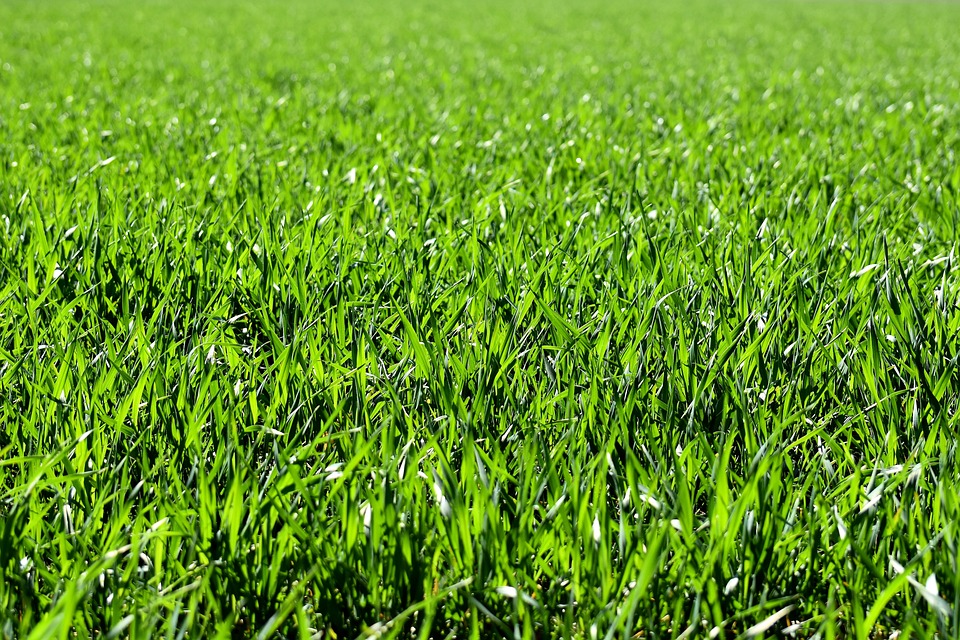Introduction
A lush, vibrant lawn is a source of pride for any homeowner. Achieving the perfect yard, however, requires dedication and proper lawn care practices. This comprehensive guide will equip you with the knowledge and techniques necessary to grow a healthy lawn that is the envy of your neighborhood.
1. Soil Preparation
The foundation of a healthy lawn lies in the quality of its soil. Start by testing your soil to determine its pH level and nutrient content. Adjust the pH if necessary, typically aiming for a neutral range between 6 and 7. Additionally, ensure the soil is properly aerated to allow for adequate root growth. Regularly amend the soil with organic matter, such as compost, to improve its structure and nutrient-holding capacity.
2. Choosing the Right Grass
Consider the climate, sun exposure, and soil type in your region when selecting the type of grass for your lawn. Cool-season grasses, such as Kentucky bluegrass and fescue, thrive in northern regions, while warm-season grasses, like Bermuda grass and St. Augustine grass, are better suited for southern areas. Consult a local nursery or extension office for guidance on the best grass species for your specific location.
3. Seeding or Sodding
The method you choose to establish your lawn depends on your preference and budget. Seeding allows for a broader variety of grass types and is more cost-effective, but it requires more time and maintenance. Sodding provides an instant, established lawn but comes with a higher price tag. Whichever method you choose, ensure the soil surface is properly prepared, free from debris, and evenly graded to promote successful establishment.
4. Watering
Proper watering is crucial for the health of your lawn. Provide your lawn with deep, infrequent waterings to encourage deep root growth. Typically, lawns require around 1 inch of water per week, including rainfall. Water in the early morning to minimize evaporation and allow the grass blades to dry before evening, reducing the risk of disease. Use a rain gauge or soil moisture meter to determine when it’s time to water.
5. Mowing
Mowing is an essential maintenance task that helps your lawn stay healthy and promotes thicker, denser grass. Set your mower blade at the appropriate height for your grass type, aiming to remove no more than one-third of the grass blade’s length in a single mowing session. Regularly sharpen your mower blade to ensure clean cuts, preventing damage and stress to your grass.
6. Fertilizing
Fertilizing provides the necessary nutrients for your lawn to thrive. Apply a balanced, slow-release fertilizer according to the specific needs of your grass species and soil conditions. Avoid excessive fertilizer application, as this can lead to nutrient runoff and harm the environment. Remember to follow the recommended application rates and timing indicated on the fertilizer packaging.
7. Weed Control
Avoiding weed infestations is best achieved through proper lawn care practices. Promote dense, healthy grass growth by following the steps mentioned above. If manual weed removal is necessary, ensure you pull out the entire weed, including the roots, to prevent regrowth. Use pre-emergent herbicides to control weed seeds before they sprout, and selective herbicides to target specific weed varieties.
8. Pest Management
To safeguard your lawn against pests, regularly inspect it for signs of damage or infestation. Grubs, chinch bugs, and armyworms are common lawn pests that can wreak havoc if left uncontrolled. Implement integrated pest management strategies, which may include cultural practices, beneficial insects, or targeted pesticide application if necessary.
9. Seasonal Maintenance
Your lawn’s needs vary throughout the year. Adjust your lawn care routine to align with the changing seasons. In the spring, focus on fertilization and weed control, while summer emphasizes proper watering and mowing practices. Fall is the time for overseeding and aerating, and winter requires protecting your lawn from frost and heavy foot traffic.
FAQs
1. When is the best time to seed a lawn?
For cool-season grasses, early fall is the ideal time to seed a lawn. The soil is still warm, which aids in germination, and there’s typically a reduced risk of weed competition. Warm-season grasses are best seeded in late spring or early summer when soil temperatures are consistently above 60°F (15°C).
2. How often should I water my lawn?
Water your lawn deeply once or twice a week, ensuring the water penetrates the root zone. Avoid frequent, shallow watering sessions, as they encourage shallow root growth and make your grass more susceptible to drought. Adjust the watering frequency based on rainfall and the specific needs of your grass and local climate.
3. Can I use grass clippings as mulch?
Yes, grass clippings can be used as mulch to conserve moisture, suppress weed growth, and add organic matter to the soil. However, ensure that the clippings are not too long and that you distribute them thinly and evenly to avoid smothering the grass.
4. How can I prevent lawn diseases?
To prevent lawn diseases, maintain good air circulation by avoiding overwatering and excessive thatch buildup. Proper fertilization and mowing practices also contribute to disease resistance. If you notice signs of disease, such as discoloration or unusual patterns, consult a lawn care professional or your local extension office for accurate diagnosis and treatment recommendations.
5. Is it necessary to use herbicides for weed control?
While cultural practices can help prevent weed growth, herbicides can be an effective tool for controlling persistent weeds. However, they should be used judiciously and in accordance with label instructions. If you prefer an organic approach, there are non-toxic alternatives available, such as manual removal or organic herbicides, though their effectiveness may vary.




